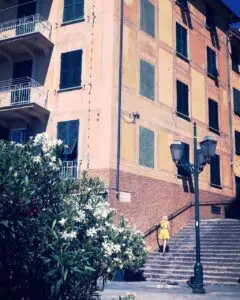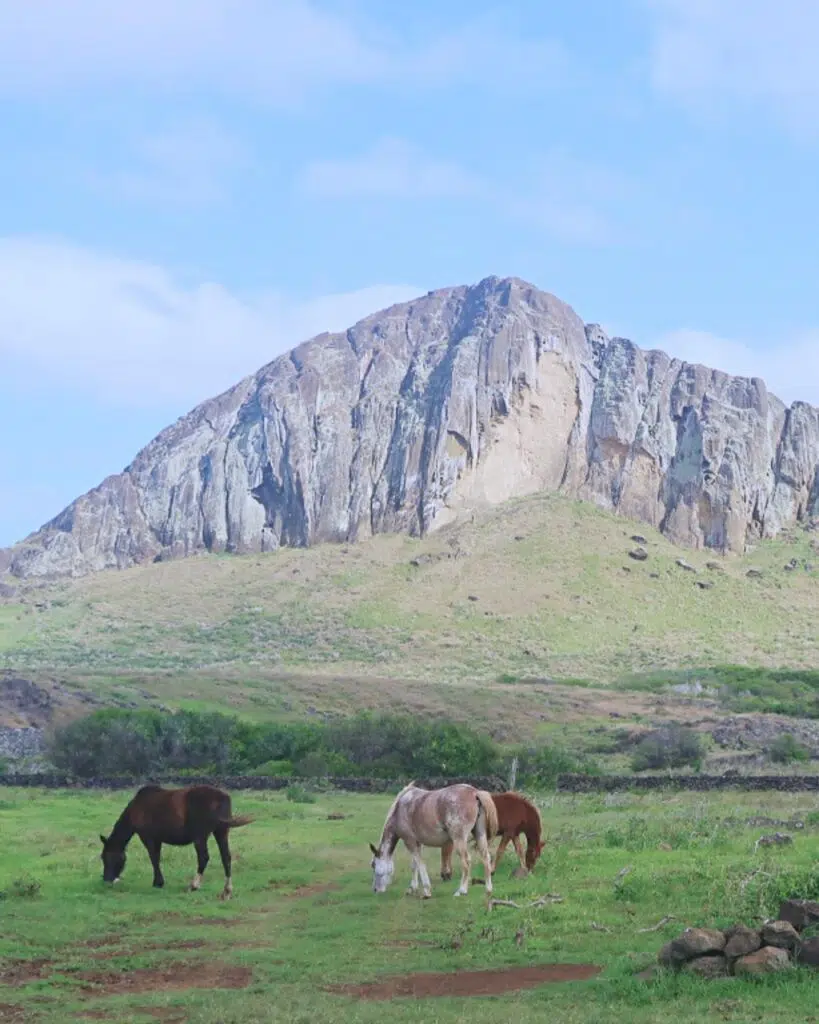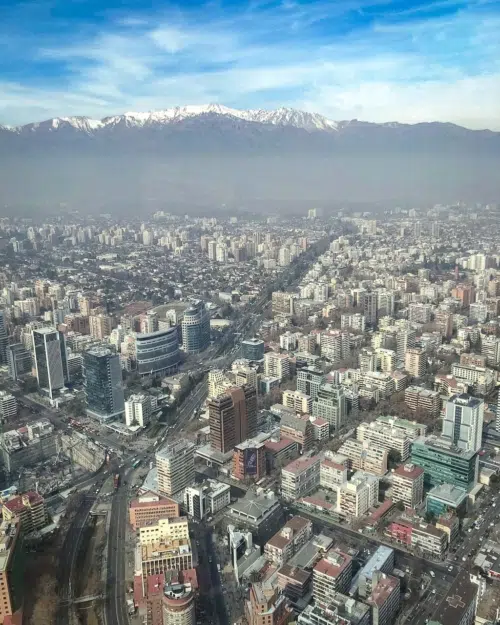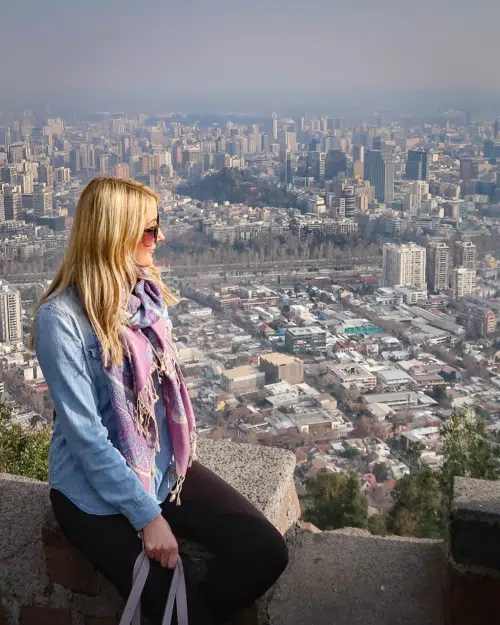1. It’s Not Called Easter Island
The locals actually call the island Rapa Nui and an official name change was approved by the Chilean Government in 2013.
The island was originally named Easter island because it was believed that it had been discovered by the explorer Perling Jorleg on Easter Day in 1722, however this has since been disproven. The Rapa Nui people have history on the island dating back to the first century, therefore the name change has been an important one for them.
2. The Natives
Interestingly only 4,000 Rapa Nui natives remain on the island out of the 10,000 residents, with the remaining 6,000 being immigrants mainly from Chile.
The immigration and visitation rules have become even stricter recently, with visits being restricted to a maximum of 30 days.

3. Local Knowledge is Key
If you are heading to the island, be sure to book a tour with a local guide. The history and the island itself are both absolutely fascinating and that local knowledge is invaluable and will truly enrich your experience.
We used Rapa Nui Travel and had a fantastic experience.
Also be aware that you need to get a pass in order to visit a lot of the sites, which are highly protected understandably. If you are going with a tour they will usually arrange this for you to save you queuing at the airport when you arrive.
4. How The Moai Statues Were Carved
The moai statues were carved on their backs into the volcanic rock of the Rano Raraku quarry by local artists, using stone tools. Once the features and outline of each statue had been completed, the artists chiseled underneath the back of the statue, attached ropes and logs to support the weight and then chiseled holes through the remaining rock underneath until the statue became detached.
Each moai weighs around 14 tons and took around 8 months to carve. Original statues in all stages of carving can be seen at the Rano Raraku quarry, where work just one day suddenly stopped.
The quarry features in my blog post ‘6 Places You Must Visit on Easter Island’ so be sure to give this a read before heading on your travels.

5. Why The Moai Statues Have Their Backs to The Sea
The moai statues face inland with their backs to the sea because they were installed on family land in order to look over their families. The threats to the family did not come from the sea in those days but instead from other inhabitants of the island, therefore the moais were used to protect each of the ‘clans’ and were created in memory of loved ones who had passed.
6. How The Moai Statues Were Transported
This is the biggest mystery of Rapa Nui/Easter Island but there are four very plausible theories, all of which combine logs, ropes and human ingenuity.
The locals believe that the statues ‘walked’ whereby they were uprighted and then rocked forwards and backwards using ropes to move them little by little as if they were walking. This is supported by the fact that a number of statues around the quarry appear to have made it part way out of the quarry before falling over causing the head to break off.
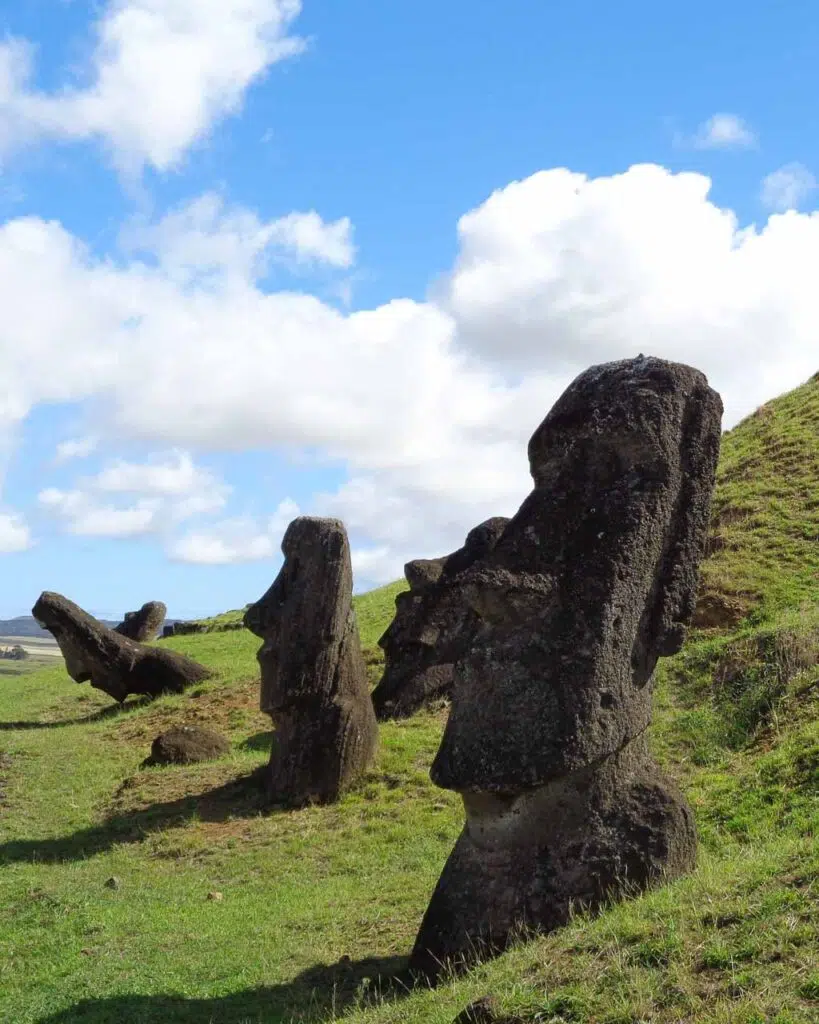
7. What Lies In The Ocean
The Pacific waters surrounding the island are teaming with marine life. There are 6 species of shark that swim in the waters including great white and tiger sharks.
Rapa Nui is also home to 167 species of fish, 1/3 of which are native to the island.
8. It Blows Hot and Cold (and Wind and Rain!)
The weather is SO changeable.
One minute you can be walking around in shorts in the baking sun, the next the heavens have opened into a tropical storm.
Not to mention it’s rather windy and in winter (July/August), it can get quite cold at night (sub 10) so take your PJs as well as a range of clothing for the day time.
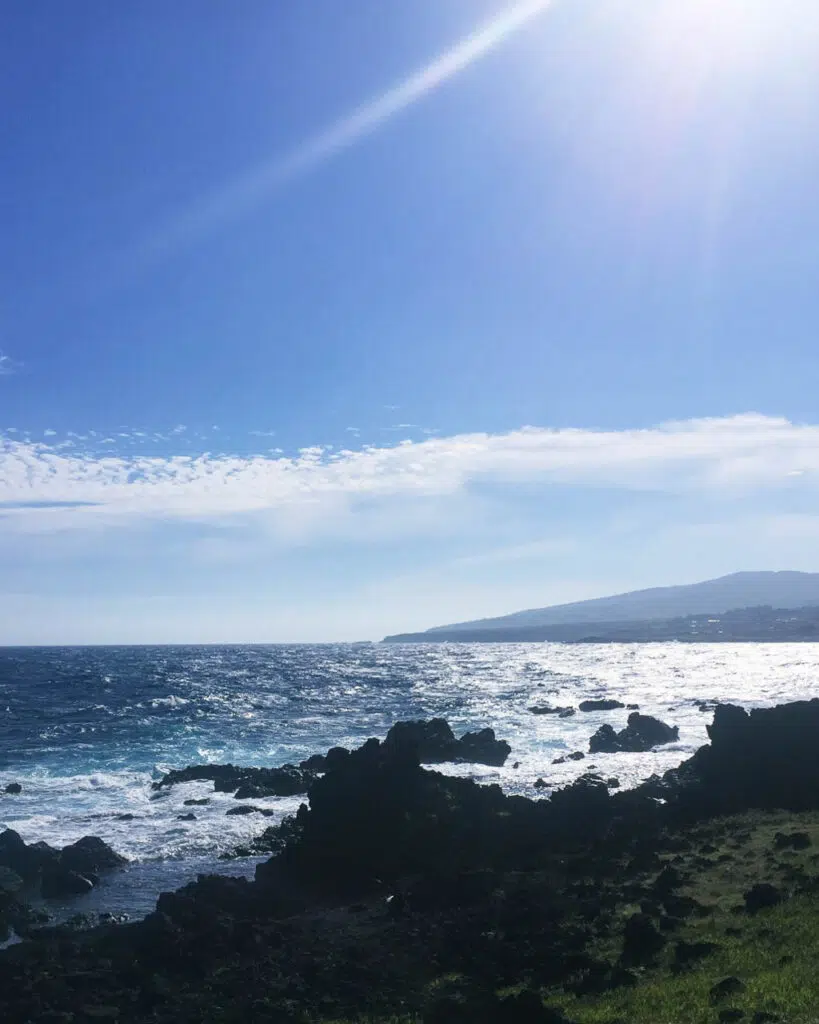
9. The Supermercado May Be Your Best Friend
If you have any special dietary requirements at all, be prepared to visit the local supermarket.
The only dishes that I managed to find during my stay that were vegan were a portion of chips and a side salad but even the salads were often advertised with shrimp on them!
I purchased a box of oats, a can of coconut milk, bananas and tinned fruit from the local supermarket to make up some overnight oats for lunches – there are only so many portion of chips a gal can eat!
In the town of Hanga Roa there are around 5 or 6 small supermarkets and if you head to the far end of the main street near to the Latam shop, you will find a small health food shop with some lovely fresh fruits and veggies, along with dried fruit, cereals and snacks.
10. Google Translate Will Be Your Second Best Friend
It was a real surprise given how many tourists visit the island, but English wasn’t widely spoken. Many shop keepers did not speak English at all and the restaurants that we visited and the hotel we stayed at spoke very little so a phrasebook or the Google Translate app is a must if you don’t speak Spanish.
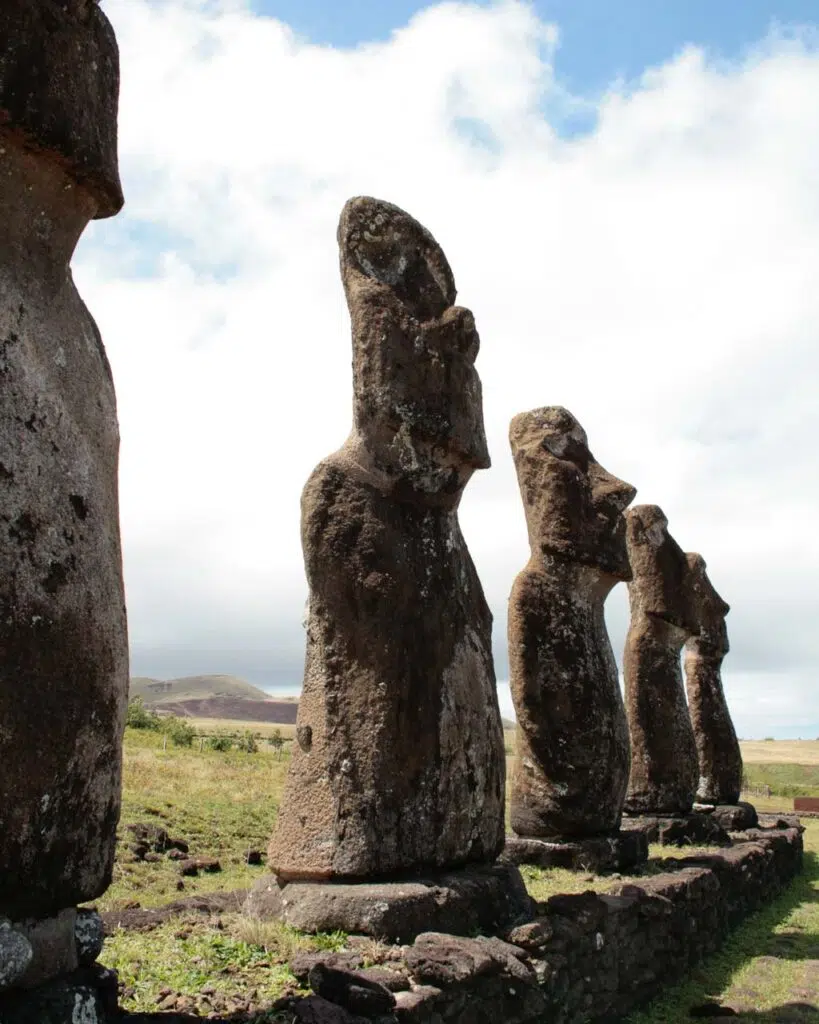
11. Money Talk
We were warned to expect things to be expensive to buy, which you would understand given that Rapa Nui is one of the most remote islands in the world, however that didn’t turn out to be our experience.
Food was around 40% more than the prices in Santiago, mainland Chile, but compared to British prices it’s still quite reasonable!
12. Book Early
We booked around 8 months in advance and managed to get accommodation without too much trouble however we know of other visitors who booked later than us and really struggled. The island is very small and there aren’t many hotels available so make sure you get your accommodation booked as early as you can.
Rapa Nui is truly fascinating and I’d highly recommend it to anyone! Be sure to check out my blog post ‘6 Places You Must Visit on Easter Island’ before you go.
